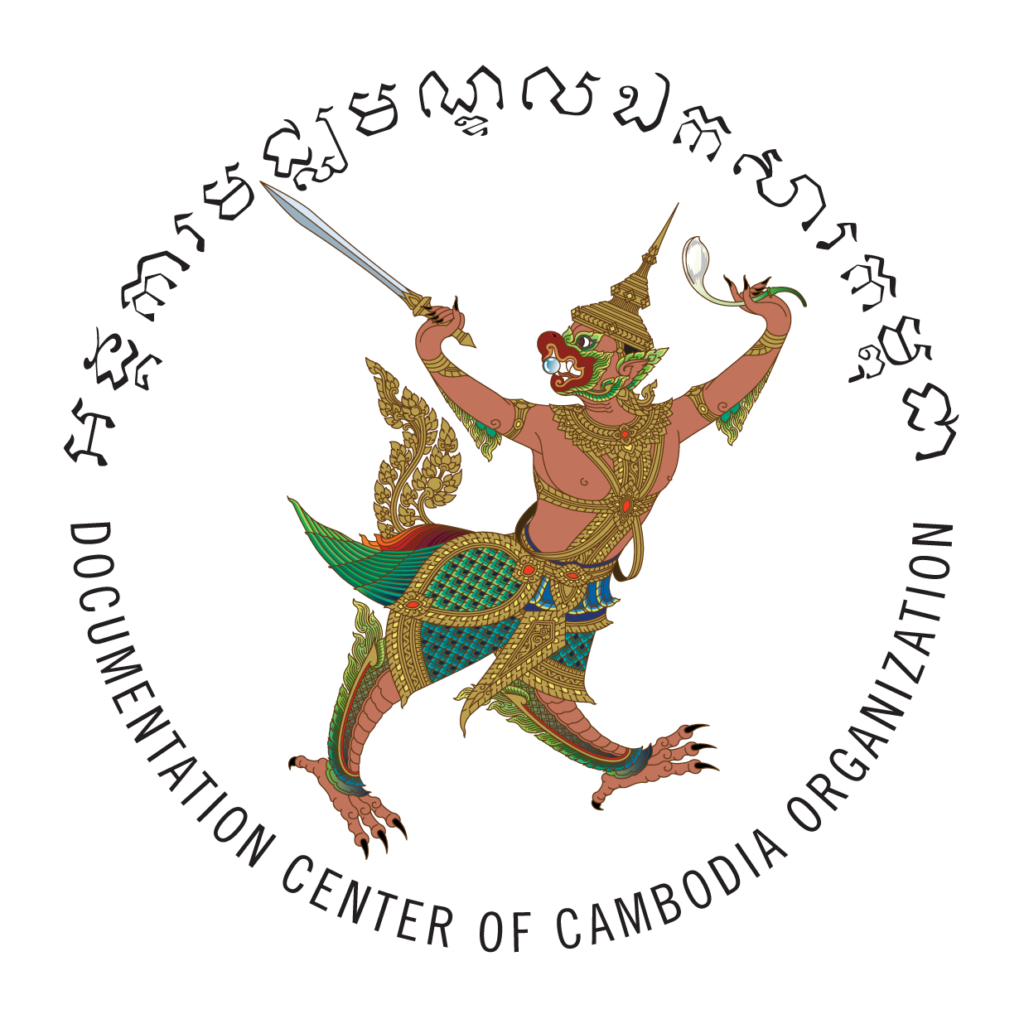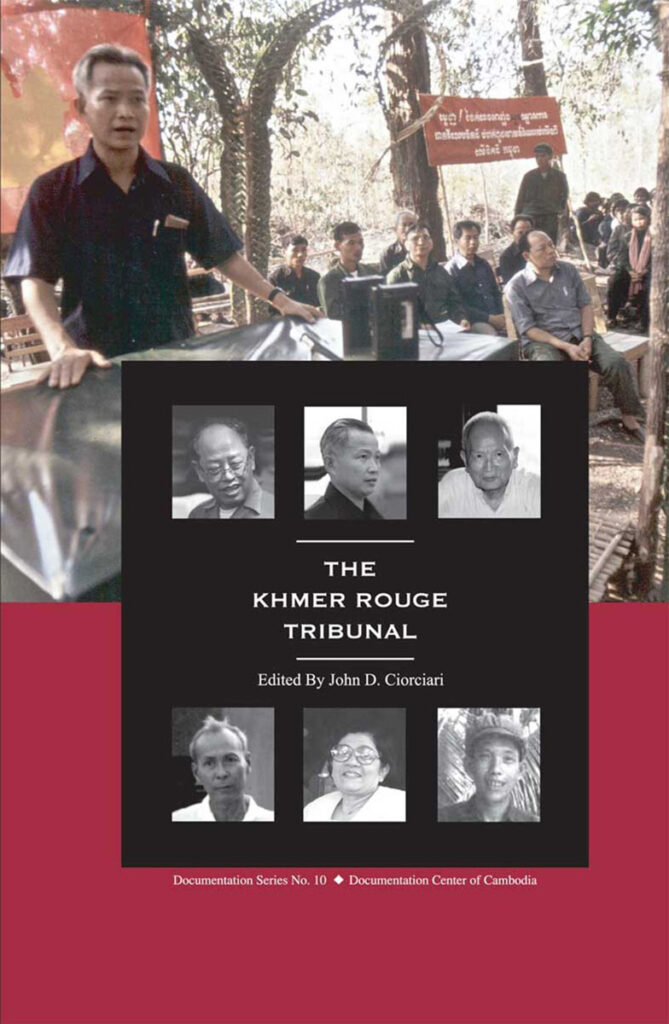Between April 1975 and January 1979, the radical Khmer Rouge regime subjected Cambodians to a wave of atrocities that left over one in four Cambodians dead. For nearly three decades, call for justice went unanswered, and the architects of Khmer Rouge terror enjoyed almost unfettered impunity. Only recently has a tribunal been established to put surviving Khmer Rouge officials on trial. This edited volume examines the origins, evolution, and feature of the Khmer Rouge Tribunal. It provides a concise overview of legal and political issues surrounding the tribunal and answers key questions about the accountability process. It explains why the tribunal took so many years to create and why it became a “hybrid” court with Cambodians and international participation. It also assesses the laws and procedures governing the proceedings and the likely evidence available against Khmer Rouge defendants. Finally, it discusses how the tribunal can most effectively advance the aims of justice and reconciliation in Cambodia and help to dispel the shadows of the past.
Funding provided by the United States Agency for International Development (USAID).

